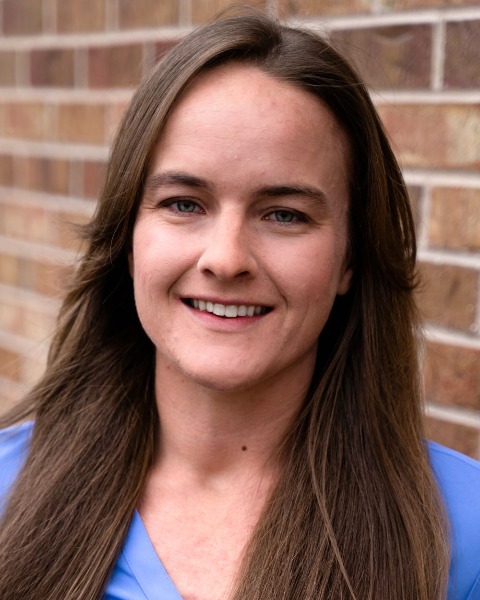Concurrent Session
Session: Informed Spillway Designs
CS44A - Concurrent Session 44A: Truth and Consequences: How Studying the Truth Behind Updated Hydrology and Evaluating Downstream Consequences Saved Millions of Dollars in the Rehabilitation of Sheriff Dam’s Spillway
Wednesday, September 25, 2024
3:30 PM - 4:00 PM MT
Location: Colorado Convention Center, Meeting Room 503-504

Andrea Fasen, P.E.
Water Resource Engineer
W. W. Wheeler & Associates, Inc.
Englewood, Colorado
Presenter(s)
The Dam Safety Branch of the Colorado Division of Water Resources (DWR) has developed risk-based guidelines that have the potential to reduce dam rehabilitation scope and costs considerably in appropriate situations. This paper will cover how Wheeler used these guidelines and worked with the DWR to reduce cost and scope of the Sheriff Dam rehabilitation project, which is located within the Medicine Bow-Routt National Forest in northwestern Colorado. The dam rehabilitation was optimized by identifying a risk-based spillway design which could provide adequate flood protection without being oversized, resulting in a cost savings of millions of dollars to the Dam owner and a reduced impact on Forest Service land.
First, Wheeler completed a risk-based Comprehensive Dam Safety Evaluation of Sheriff Dam with the DWR and the Dam owner. The Comprehensive Dam Safety Evaluation included a detailed 2D downstream inundation model, consequence evaluation, and potential failure mode analysis workshop. Wheeler then used a risk-informed decision-making approach to identify a smaller inflow design flood. With a smaller inflow design flood, the project scope, cost, and complexity were all reduced. Wheeler then updated the Sheriff Dam hydrology, which included mountain hydrology considerations and climate change factors, to create inflow floods from the 10-year through the 10-million-year frequency storm and probable maximum flood (PMF). The final step combined the risk assessment, inflow hydrology, and design spillway sensitivity analysis to provide a range of routed flood frequency storms and subsequent design spillway configurations. The analyses showed that designing a spillway capable of passing a 100,000-year event resulted in a similar overall risk as a spillway that could pass the PMF. The risk concept of “As Low As Reasonably Practicable” was used to further justify the selection of a 100,000-year inflow design flood over the prescribed PMF. The cost, size, and complexity of a spillway capable of routing a 100,000-year flood compared to the PMF saved millions in estimated spillway construction costs and reduced the spillway footprint by 50-percent.
First, Wheeler completed a risk-based Comprehensive Dam Safety Evaluation of Sheriff Dam with the DWR and the Dam owner. The Comprehensive Dam Safety Evaluation included a detailed 2D downstream inundation model, consequence evaluation, and potential failure mode analysis workshop. Wheeler then used a risk-informed decision-making approach to identify a smaller inflow design flood. With a smaller inflow design flood, the project scope, cost, and complexity were all reduced. Wheeler then updated the Sheriff Dam hydrology, which included mountain hydrology considerations and climate change factors, to create inflow floods from the 10-year through the 10-million-year frequency storm and probable maximum flood (PMF). The final step combined the risk assessment, inflow hydrology, and design spillway sensitivity analysis to provide a range of routed flood frequency storms and subsequent design spillway configurations. The analyses showed that designing a spillway capable of passing a 100,000-year event resulted in a similar overall risk as a spillway that could pass the PMF. The risk concept of “As Low As Reasonably Practicable” was used to further justify the selection of a 100,000-year inflow design flood over the prescribed PMF. The cost, size, and complexity of a spillway capable of routing a 100,000-year flood compared to the PMF saved millions in estimated spillway construction costs and reduced the spillway footprint by 50-percent.
